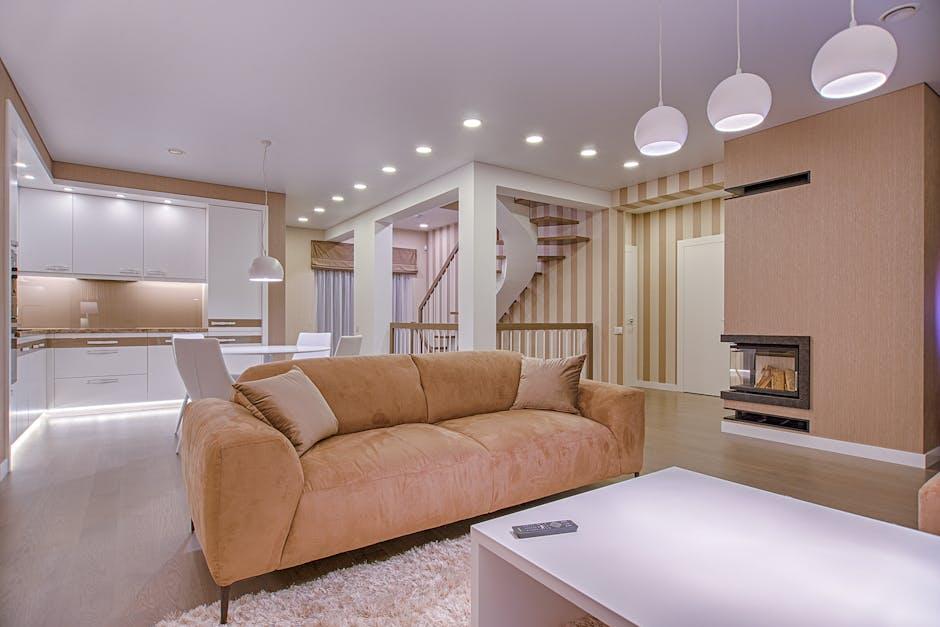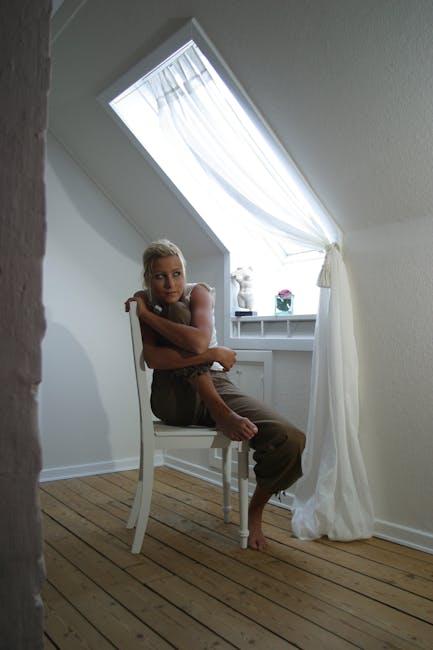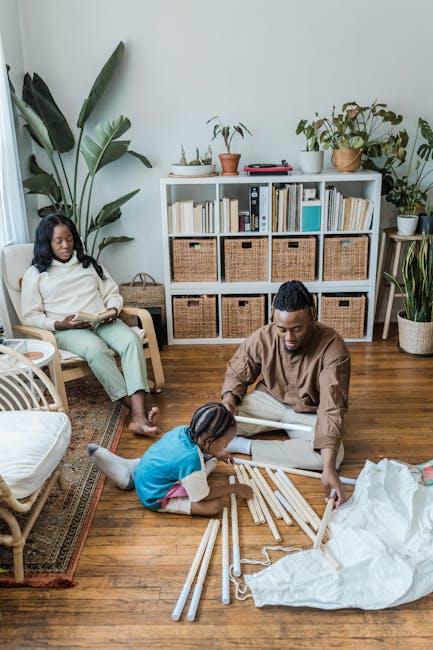Lighting is more than just a practical necessity in our homes-it is a subtle architect of atmosphere, mood, and comfort. The way light filters through a room, the balance between shadows and illumination, can transform a simple space into a sanctuary. In exploring the role of lighting in creating a comfortable home, we uncover how thoughtful light design impacts not only aesthetics but also our wellbeing and daily routines. From the warm glow of a bedside lamp to the natural radiance flooding through windows, lighting shapes the experience of home in profound and often overlooked ways.
The Impact of Natural Light on Mood and Wellbeing
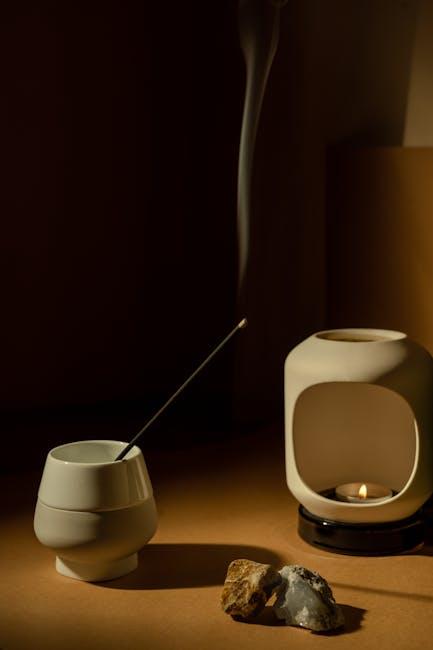
Natural light is a powerful element in shaping the atmosphere of any living space. Exposure to sunlight triggers the release of serotonin, a hormone that elevates mood and promotes feelings of happiness and calm. Beyond its emotional benefits, natural light helps regulate our circadian rhythm, leading to better sleep patterns and increased energy throughout the day. Incorporating large windows, skylights, or light wells allows for an abundance of daylight to grace your interiors, making rooms feel more spacious and inviting.
When designing a home environment with wellbeing in mind, consider the following benefits of natural light:
- Enhanced Productivity: Bright, naturally lit spaces stimulate creativity and focus.
- Reduced Eye Strain: Soft, diffused sunlight eases the pressure on eyes compared to artificial lighting.
- Connection to Nature: Sunlight brings the outdoors in, fostering a sense of tranquility and grounding.
| Benefit | Effect | How to Maximize |
|---|---|---|
| Mood Elevation | Boosts serotonin levels | Use sheer curtains |
| Sleep Quality | Regulates circadian rhythms | Expose bedroom to morning light |
| Spatial Perception | Makes rooms appear larger | Install large windows |
Choosing the Right Fixtures for Functional and Aesthetic Balance

Finding the perfect balance between functionality and style starts with understanding the purpose of each room. For task-heavy areas like kitchens and home offices, bright, focused lighting enhances productivity and reduces eye strain. In contrast, living rooms and bedrooms benefit from softer, ambient fixtures that create a relaxing atmosphere. Combining layers of light-ambient, task, and accent-enables you to tailor the mood and visibility to your daily needs while adding depth and character to your space.
- Choose dimmable fixtures to easily adjust brightness levels
- Opt for energy-efficient bulbs to marry aesthetics with sustainability
- Select finishes and designs that complement existing décor
- Incorporate statement pieces that double as decor elements
| Fixture Type | Best For | Design Tips |
|---|---|---|
| Pendant Lights | Kitchen islands, dining areas | Focus on sleek, minimalist shapes for modern spaces |
| Wall Sconces | Hallways, accent lighting | Use decorative sconces to add character without overpowering |
| Recessed Lighting | Living rooms, evenly lit areas | Keep fixtures flush for a clean ceiling line |
Layering Light to Create Warmth and Versatility

Creating a home imbued with warmth and functionality hinges on the thoughtful interplay of different lighting sources. By combining ambient, task, and accent lights, you can sculpt your space to reflect moods and meet practical needs simultaneously. This layered approach ensures that every corner of your home can transform – from cozy evenings by the couch to bright mornings in the kitchen. Each type plays a unique role:
- Ambient lighting sets the foundation with a soft, general glow that promotes comfort.
- Task lighting zeroes in on areas requiring focus, such as reading nooks or workspaces.
- Accent lighting highlights architectural features or art, adding depth and character.
Balancing these layers allows your home to adapt effortlessly to different activities and times of day, amplifying both warmth and versatility. Consider exploring options like dimmer switches and adjustable fixtures, which empower you to fine-tune the atmosphere with ease. Below is a simple comparison table illustrating how each lighting layer contributes to your living space:
| Lighting Type | Function | Effect on Mood |
|---|---|---|
| Ambient | General illumination | Comforting and inviting |
| Task | Focused activities | Bright and energizing |
| Accent | Highlight details | Dynamic and artistic |
Energy-Efficient Lighting Solutions for Sustainable Comfort
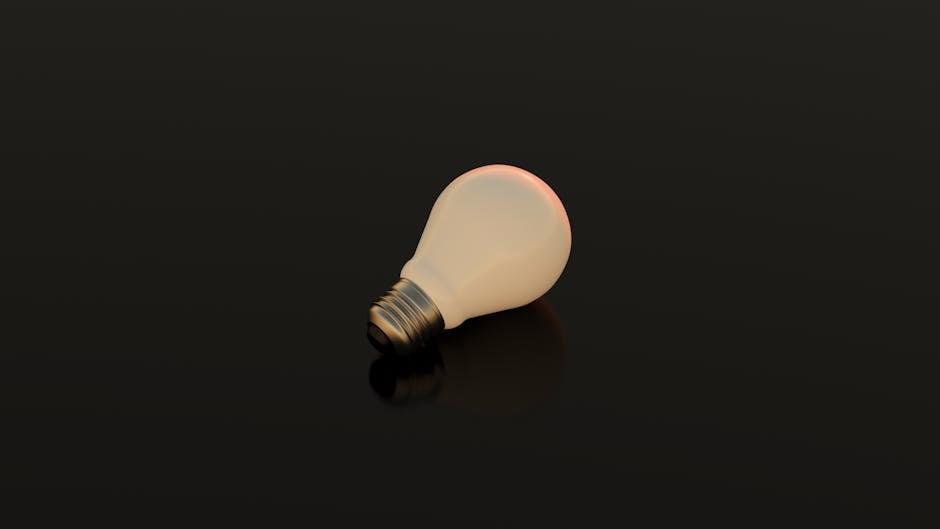
Modern lighting technologies offer homeowners a perfect blend of efficiency and ambiance, providing not just illumination but also enhancing the overall living experience. By integrating smart LEDs and warm-toned bulbs, it’s possible to create environments that are both welcoming and restful, adapting seamlessly to daily activities from reading to relaxation. Prioritizing energy-efficient lighting not only reduces electricity bills but also contributes significantly to reducing your carbon footprint, making your home a beacon of eco-conscious comfort.
- Smart dimming systems: Adjust light intensity to suit mood and task.
- Low-energy LEDs: Long-lasting bulbs that consume a fraction of traditional lighting power.
- Natural light integration: Strategically placing fixtures to complement daylight hours.
- Motion sensors: Save energy by turning lights off automatically when rooms are unoccupied.
| Lighting Type | Average Lifespan | Energy Usage (Watts) | CO2 Reduction |
|---|---|---|---|
| Incandescent | 1,000 hrs | 60 | – |
| Compact Fluorescent (CFL) | 8,000 hrs | 15 | Moderate |
| LED | 25,000 hrs | 9 | High |
Embracing energy-efficient luminaires empowers homeowners to sculpt comfortable spaces that resonate with personal style and sustainability goals alike. Through thoughtful lighting design-considering color temperature, fixture placement, and adaptive controls-homes become sanctuaries that nurture wellbeing while preserving natural resources. This harmony between comfort and conscientious energy use is a cornerstone of modern living, ensuring a brighter future without compromising today’s comforts.
Key Takeaways
In the delicate dance of creating a home that feels truly comfortable, lighting plays an unsung yet vital role. It shapes moods, highlights memories, and frames the spaces where life unfolds. By understanding and embracing the subtle art of illumination, we invite not just light, but warmth and balance into our everyday living. After all, a well-lit home is more than just bright-it’s a reflection of the comfort we seek and the sanctuary we call our own.


